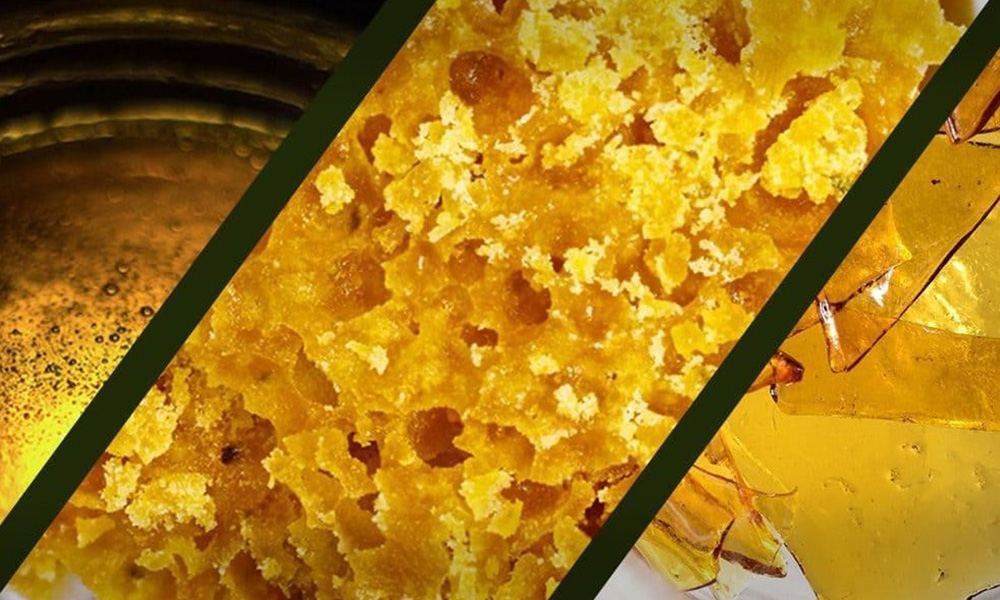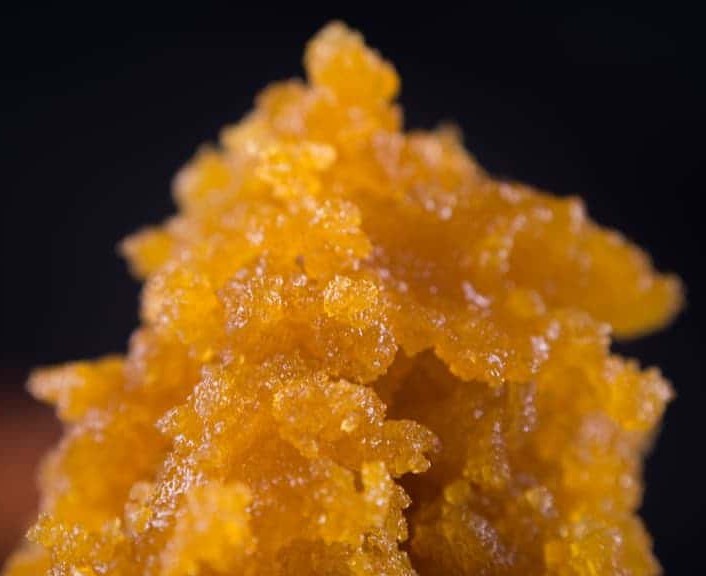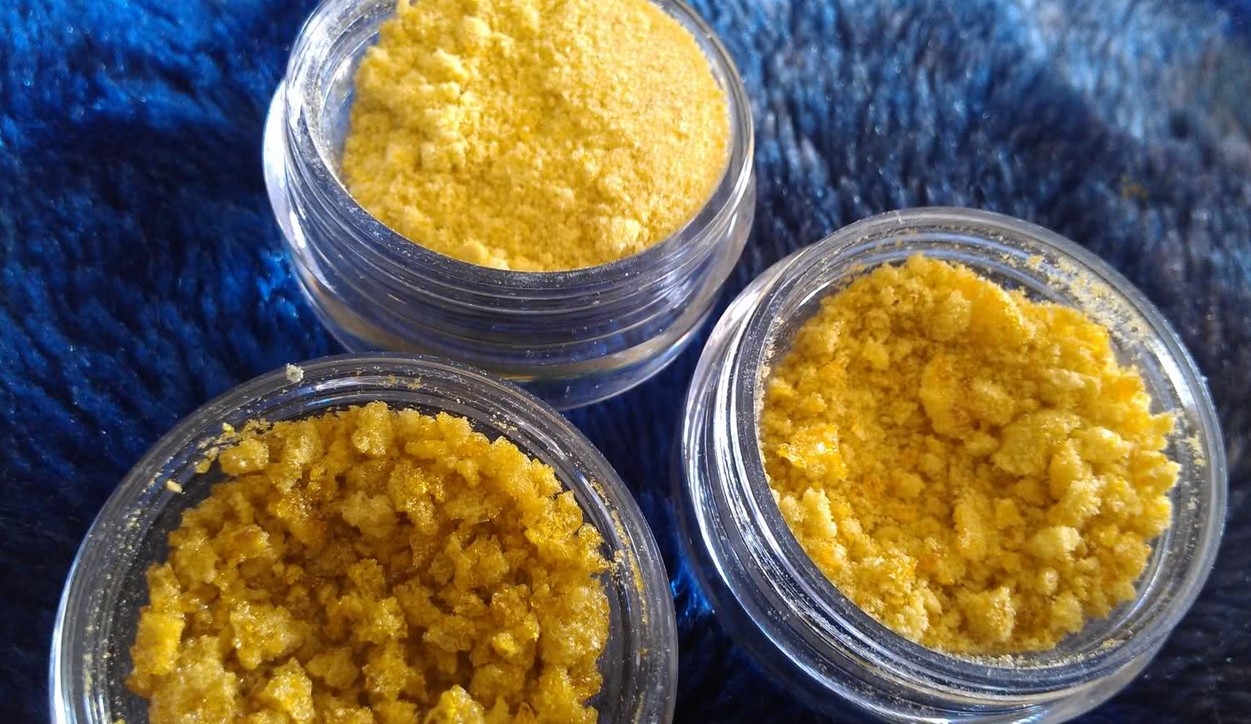If you enjoy cannabis or rely on it for medical purposes, you’ve probably heard of butane hash oil. We’ll tell you all there is to know about butane hash oil (also known as BHO) in this post.
What Exactly Is Butane Hash Oil?
You’ve probably got a lot of questions if you’re new to marijuana concentrates. “What is butane hash oil?” is likely one of your queries.
Butane hash oil (BHO) is a highly concentrated type of cannabis concentrate with a THC content ranging from 60 to 90 percent. Butane is used as a solvent to extract the THC-rich oil from the raw cannabis plant material, forming BHO.
Butane hash oil (BHO) is a potent type of cannabis concentrate with a THC concentration ranging from 60 to 90 percent!
The BHO extraction procedure begins with the plant material being put in a high-pressure, high-temperature chamber. The cannabis oil is drawn out using liquid butane. The BHO is then subjected to a vacuum to remove any remaining butane from the cannabis oil, making it safe to consume. While in the vacuum, butane changes from a liquid into a gas. As a result of this evaporation, the butane is removed from the cannabis oil.
Different Forms of Butane Hash Oil (BHO)
BHO and cannabis concentrates are available in a variety of forms. Wax, shatter, sap, budder, crumble, Holy Water, comb whip, and others are some examples.
The most frequent distinction is consistency, with the form’s name usually reflecting its physical condition. The humidity, temperature, and whipping of a food alter its texture. What we’re talking about:
Wax
The consistency of Wax is wonderful for dabbing since it has a stable structure. When you pick up a portion, it won’t crumble, but if you hold it for too long, it will become liquid. Wax is perfect for individuals who want to quickly load their concentrate into a dab rig.
Briser
Shatter has a glassy, smooth texture and the toughest consistency of all cannabis concentrates. Shatter BHO has the highest THC concentrations, with some containing over 90 percent. In general, most contain 80-90% THC. The only method to consume shatter is via a dab equipment.
Budder
Another highly potent cannabis concentrate is shatter, which is often referred to as budder. Budder is generally even more pure and rarely has a THC concentration lower than 80%. Products containing up to 99% THC are available. The consistency of this substance derives its name from the word budder.
Crumble
Crumble is drier than budder, somewhat like feta cheese, and tends to fall apart when scooped up. As a result, it’s not ideal for dabbing since so much of its tiny pieces go to waste.
Oil
Oils are the softest form of BHO, and as a result, they aren’t usually dabbed. Rather than using a cartridge filled with oil inserted into a vape pen or similar device, consumers generally choose to vape an oil-packed cartridge placed in a vape pen or comparable gadget. Oils are not as powerful as other marijuana concentrate varieties.
Sap
Oil has a silkier texture than saps. Cannabis sap has a similar texture to tree sap. The texture of cannabis sap is often more powerful than that of oil, but it presents a dabbing obstacle. When putting this stuff into your dab rig, be cautious since it’s easy to waste.
Holy Water BHO
Holy Water, like other BHOs, has an extraction and purging phase. Due to commercial secrecy, we are unable to explain the production process at this time. What we do know is that Holy Water BHO does not contain fresh-frozen plant material.
Whatever the technique, the resulting liquid is thinner than sap but not quite as runny as oil. Holy Water BHO also contains a significant amount of terpenes (up to 20% of its dry weight). Terpenes make up up to 20% of this form of BHO’s dried weight.
How Can Butane Hash Oil Be Consumed?
You’ve probably heard of people “taking a dab” or “dabbing” if you’ve ever heard of marijuana users smoking BHO in some form. The “dabs” that are consumed are, in fact, BHO. One of the main reasons why people like dabbing is because of its high potency. Let’s have a look at it closer.
Dabbing
Dabbing is the act of heating a nail with a dab rig and applying a concentrate to it. The substance is converted into a vapor that you can breathe after being heated by the heated nail.
Dabbing was previously popular and required a butane torch. Dabs using a low-temperature nail are becoming more frequent these days. They still need a flame, though the nail is heated to a significantly lower temperature.
If you don’t want to deal with torches, an e-nail is a good choice. E-nails are equipped with a temperature regulating controller and a small heating element that covers the nail.
Vaping
Although this isn’t very frequent, certain kinds of cannabis, such as oil, are more difficult to dab with a dab rig. As a result, they’re generally put in a cartridge and vaped using a vape pen.
Wax and shatter are not good choices for vaping due to their thicker texture. They will clog your device and make you mad. There’s also the issue of cleaning up the mess.
BHO extraction: very careful
The final product will be determined by the sort of BHO extraction used. To get any of the ones mentioned above, you must first understand how to utilize the process, produce high-quality buds, and understand how to purge and winterize the extraction procedure. They are only a few things to think about when determining one product from another.
BHOs may be removed via several processes, but the most efficient is called distillation. It’s also the most adaptable, allowing you to personalize your experience.
Consider the safety precautions for the equipment you’ll use to remove your tooth. Don’t just do it once or twice. Butane is highly combustible, and hundreds of unskilled users have burned because they thought they had everything under control.
Remember that BHO is extremely concentrated when pure. Its impact is greater than that of smoked marijuana. Depending on the procedure used, THC concentration ranges from 50% to 90%.
Safety should not be compromised. BHO, which is an excellent extract, has a THC concentration that is extremely high.
DIY Butane Hash Oil – DON’T TRY THIS AT HOME!
Although cannabis is legal in Canada, using butane to extract THC from the plant is not. If you’re not a trained expert, don’t try butane hash oil extraction at home. The method is dangerous in general. Those who create cannabis concentrates utilizing a butane extraction process generally have expertise in alchemy, chemistry, or science.
Butane is a combustible gas, which means that explosions and fires are possible. Some individuals have died as a result of butane-related explosions, while others have been severely injured by them.
Butane goes from a gas to a liquid during the extraction process. It then reverts back to a gas when heat is applied. Naturally, an accumulation of butane gas indoors with an open source of heat might be a real disaster waiting to happen. As a result, our straightforward advice to you is: “Don’t try this at home.” ”
Alternatives to Butane Extraction (Butane Hash Oil)
The good news is that if you want to make your own cannabis concentrate, you have a few more options. Fortunately, kief production isn’t nearly as dangerous as attempting to extract BHO with a highly combustible gas.
There are numerous additional methods to extract concentrates from cannabis, including the gold-standard supercritical CO2 extraction technique.
What is Butane?
Butane is a simple organic compound that belongs to the class of alkanols. Butane is produced from natural gas wells and then refined and compressed into a liquid for storage and usage. Because butane is readily accessible, it’s simple to obtain and inexpensive to produce, according
A propane cylinder that has been used should never be discarded, according to the United States Fire Administration. Hazardous mercaptan is used in these cylinders to force the solvent out of the container. Rancid odor and foul appearance are given to natural gas by a chemical known as mercaptan, which is added to it.
Because butane has a low boiling point, it’s frequently utilized in extractions. This enables extractors to remove the solvent from the extracts without changing the cannabinoids or terpenes, ensuring that no residual butane is present in the completed product.
What is a Crude Extract?
Crude oil is a cannabis extract that has not been refined yet, also known as the oil produced from the initial extraction. After being refined, winterized or decarboxylated and infused into edibles, creams, and tinctures oils are either decarboxylated or winterized before being utilized in cooking.
Winterization
The procedure of winterization, also known as “dewaxing,” entails the elimination of butane from the oil to produce a more pure concentrate. The technicians remove three categories of undesirable waxes, fats, lipids, and chlorophyll in three separate stages. First, the oil is mixed with ethanol before being frozen to allow unwanted substances to separate out. Following that step, the solution goes through a filter that retains waste materials before being refined to eliminate the ethanol.
Are BHO and Wax the Same Thing?
BHO extraction is often used to produce a variety of concentrate consistencies, including wax. The shatter’s shelf life is aided by the winterization process, which keeps it from auto-budging. Self-heating causes shatter to darken and get flakier or waxy in appearance, resulting in auto-budding.
Dangers of BHO Extraction
The dangers of open-loop systems versus the solvent itself are the most common criticisms of BHO manufacturing. These systems developed pressure in the early days of black-market extraction. When people cut corners by utilizing PVC pipe, they may end up in a room full on shattered, splintered PVC.
The travel spools had caught on fire, leaking [email protected]%2F!%, the metal tube would shoot straight through someone’s garage door. Although this is safer than 10,000 PVC needles filling the air, it isn’t risk-free.
The risks associated with closed-loop systems have been superseded by the dangers of unconstrained open-loop systems, which are far more hazardous.
The second danger is ingesting butane hash oil that hasn’t been properly purged. It’s critical to purge the extract once the extraction is finished. Those air bubbles you see are what cause shatter to look like Swiss cheese rather than a Jolly Rancher. They won’t go away on their own, and if you leave them in, they could cause issues later.
Aside from exploding, BHO’s dangers for the consumer include consuming contaminated mold, heavy metals, pesticides, or other contaminants from the plant. Furthermore, instead of using normal lighters, dab rigs are heated by butane or propane torches.
There are several dangers along the BHO supply chain, but they’re no different than those encountered by smartphones, automobiles, food, clothing, or any other mass-produced consumer item.
The cannabis market is one of the most dynamic and rapidly growing industries in the world. It’s crucial to do your homework from seed to sale and from acquisition to consumption, ensuring a trouble-free transaction. Butane hash oil is one of the most ground-breaking products in the cannabis industry; as long as everyone uses it responsibly, it’s perfectly safe to use.
Final Thoughts
Butane hash oil, often known as BHO or butane honey oil, is a potent sort of cannabis concentrate. Liquid butane is used to extract the plant material in BHO. Shatter, sap, and budder are examples of different consistencies of BHO.
It’s also worth noting that cannabis concentrates have extremely high THC concentrations. As a result, they’re not suitable for first-time users. Even seasoned consumers should exercise caution since some concentrates may contain over 90% THC.
Even experienced users must exercise caution, as some concentrates may have more than 90% THC.
Finally, as previously stated, please avoid any temptation to attempt to make BHO yourself. Keep in mind that butane is a highly combustible gas. People have been burned or murdered while attempting to create BHO at home. Keep yourself and your BHO safe by following the tips above.
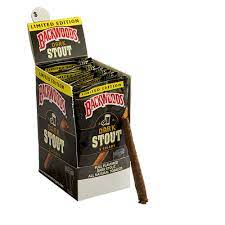 Dark Stout Backwoods Cigars
2 × $130.00
Dark Stout Backwoods Cigars
2 × $130.00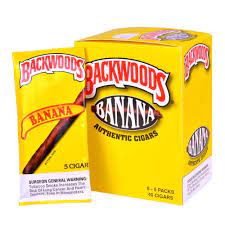 Banana Backwoods Cigars
2 × $200.00
Banana Backwoods Cigars
2 × $200.00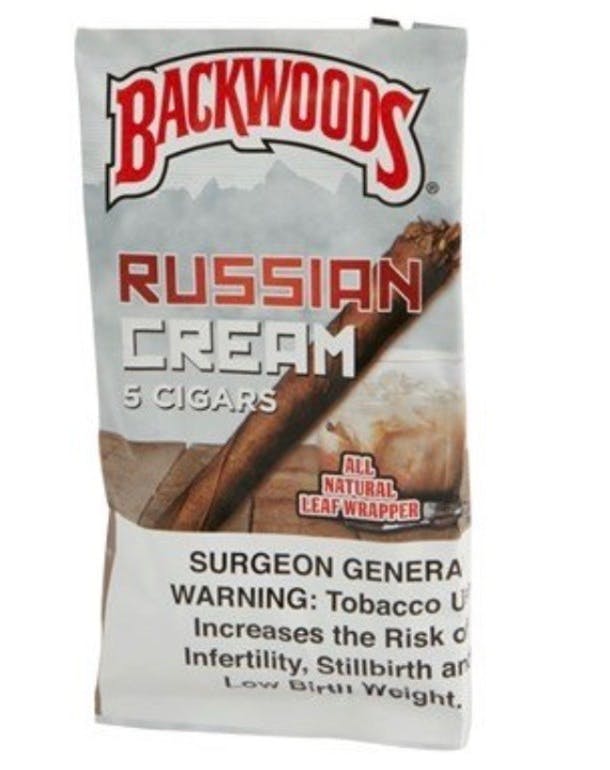 Russian Cream Backwoods Cigars Pack
2 × $20.00
Russian Cream Backwoods Cigars Pack
2 × $20.00 Bong *Includes 2 Tips*
1 × $50.00
Bong *Includes 2 Tips*
1 × $50.00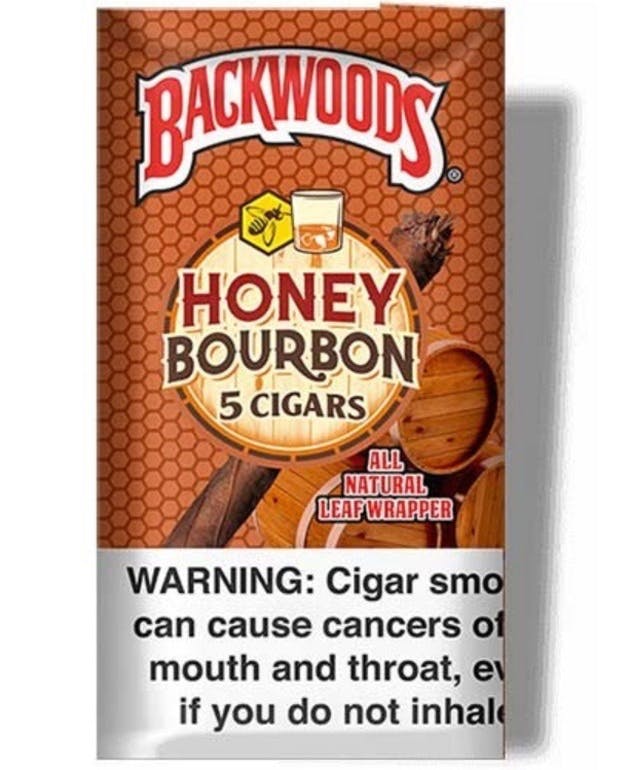 Backwoods Honey Bourbon Cigars Pack
1 × $20.00
Backwoods Honey Bourbon Cigars Pack
1 × $20.00 Backwoods Dark Stout Cigars
3 × $20.00
Backwoods Dark Stout Cigars
3 × $20.00 NFT
1 × $0.01
NFT
1 × $0.01 Full Spectrum CBD 1500mg
1 × $60.00
Full Spectrum CBD 1500mg
1 × $60.00 Banana Backwoods Cigars Pack
1 × $25.00
Banana Backwoods Cigars Pack
1 × $25.00 Organic CBD/CBN Sleep Well
1 × $75.00
Organic CBD/CBN Sleep Well
1 × $75.00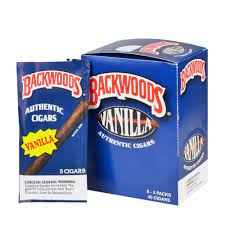 Vanilla Backwoods Carton Cigars
1 × $200.00
Vanilla Backwoods Carton Cigars
1 × $200.00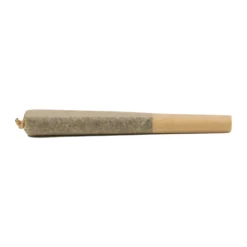 1G Pre Rolls - Single
1 × $5.00
1G Pre Rolls - Single
1 × $5.00 Vanilla Backwood 5 Pack Cigars
4 × $25.00
Vanilla Backwood 5 Pack Cigars
4 × $25.00 Cognac XO Backwoods Cigars Pack
5 × $25.00
Cognac XO Backwoods Cigars Pack
5 × $25.00

